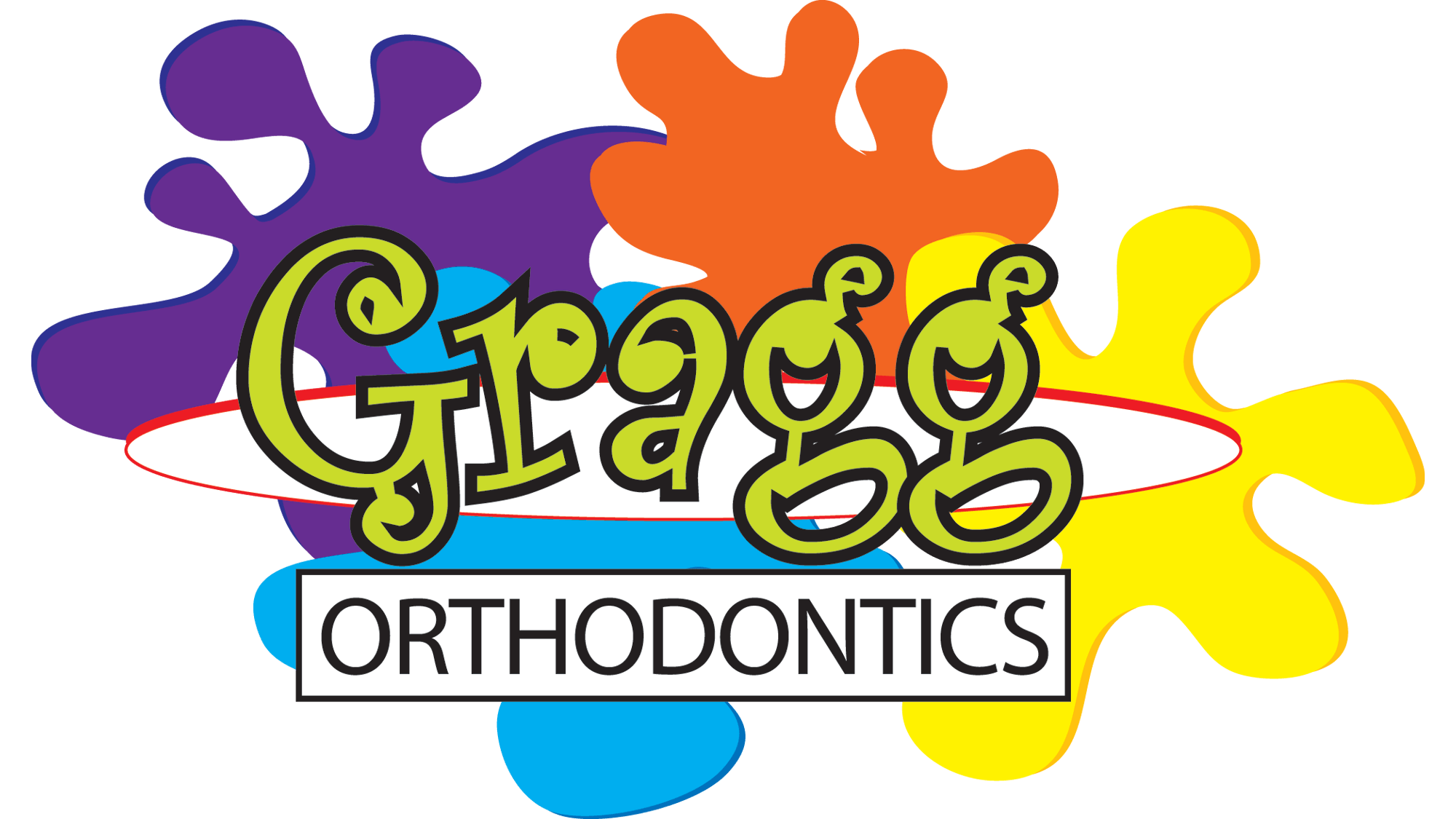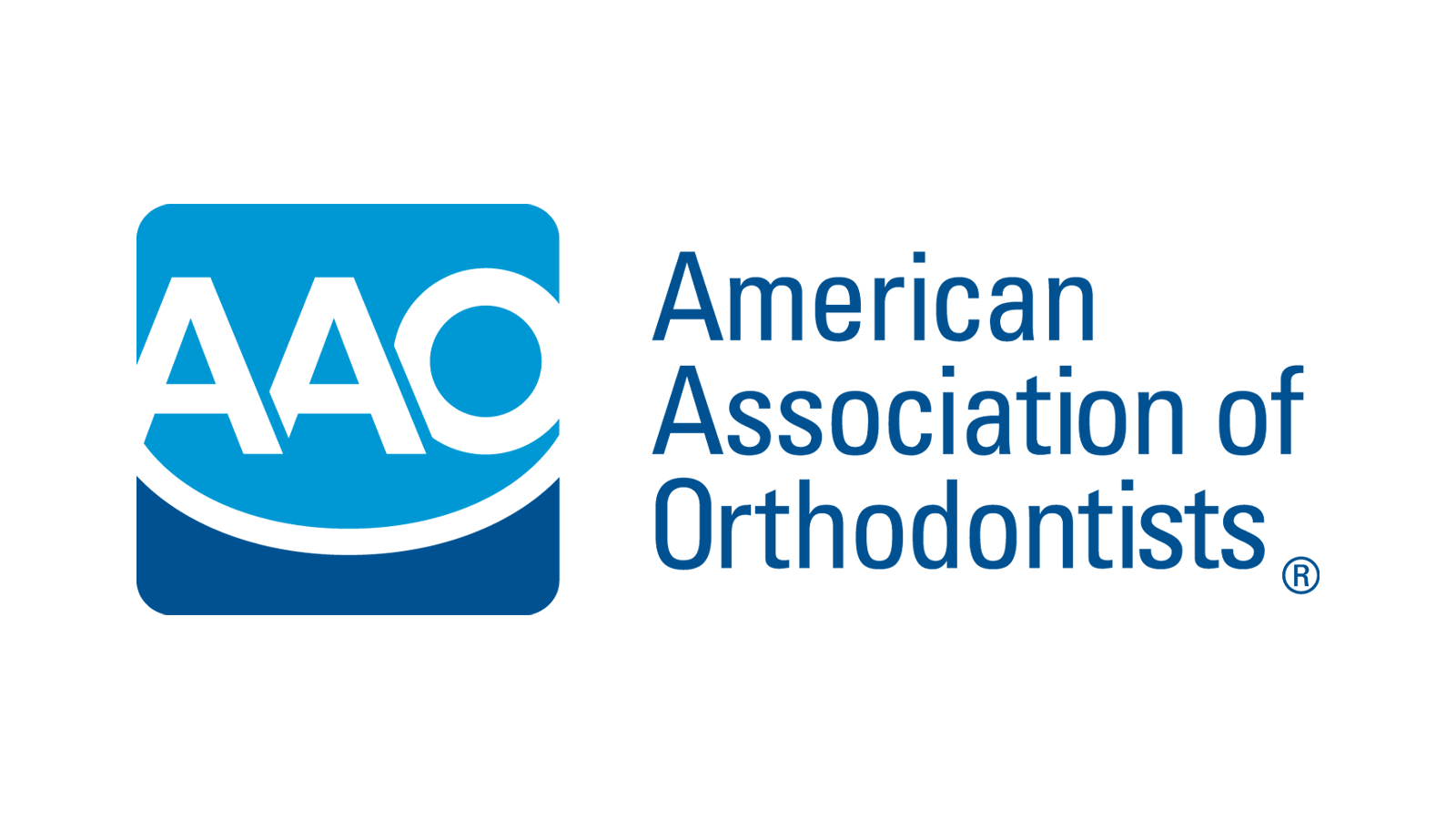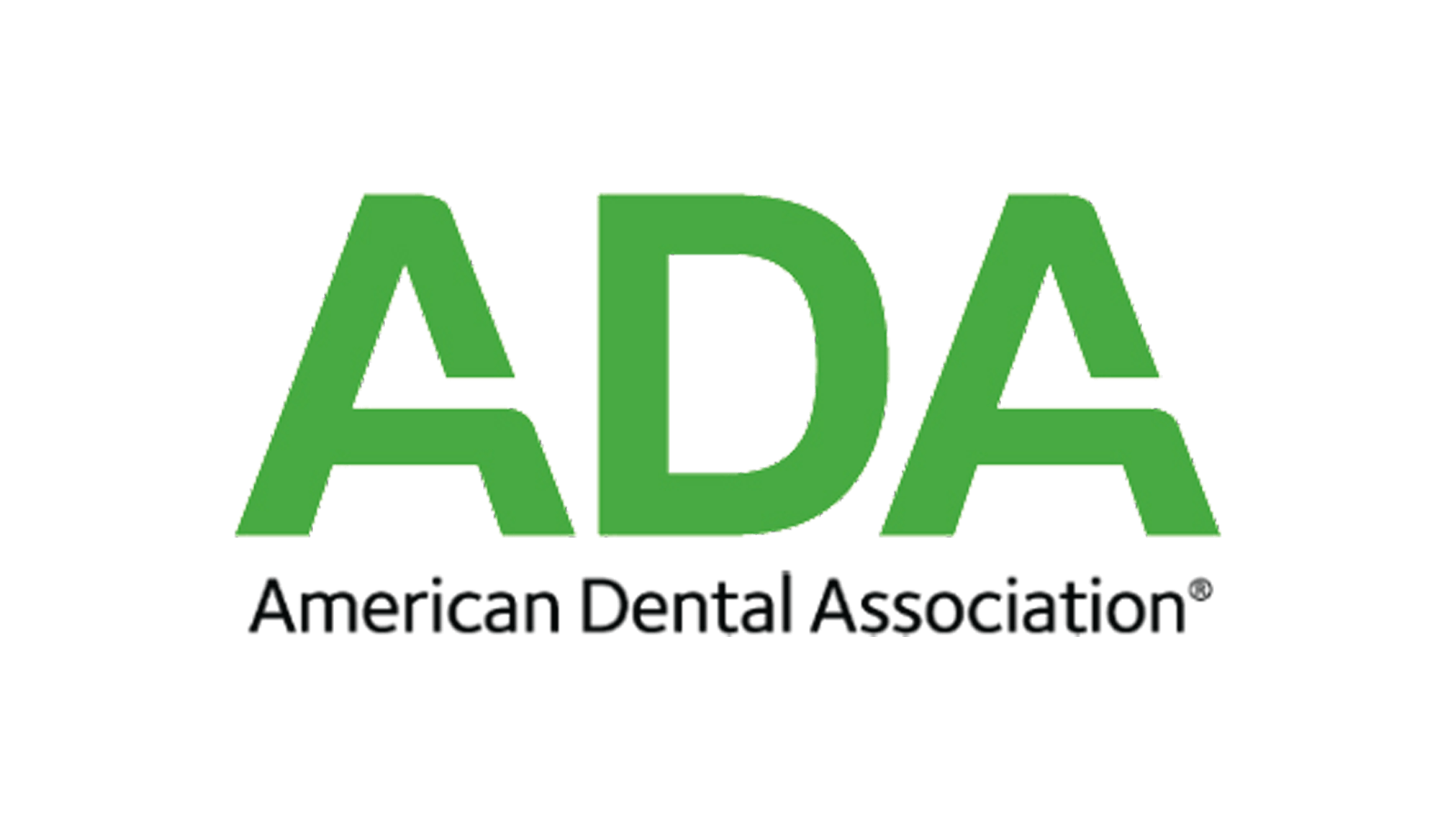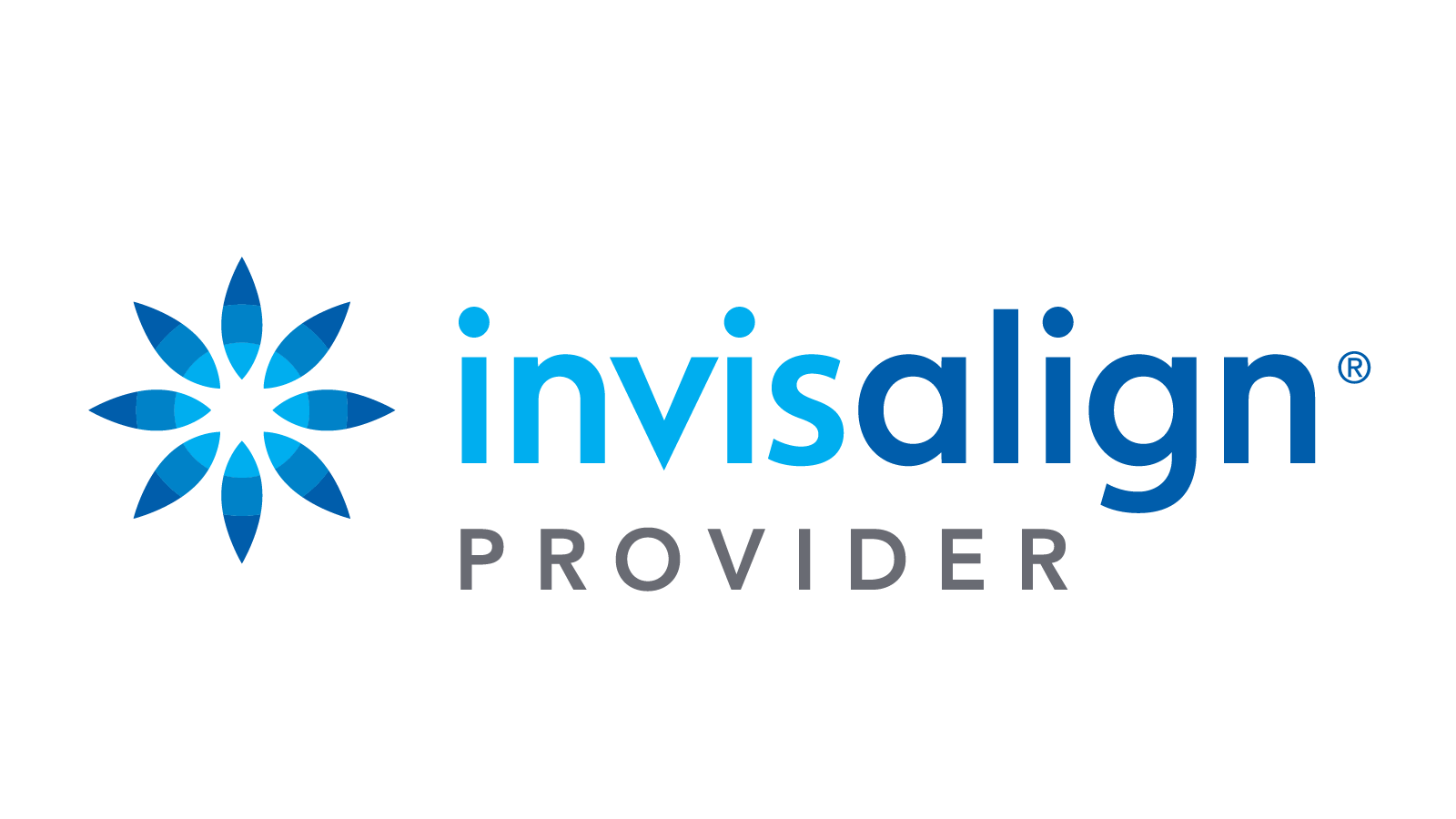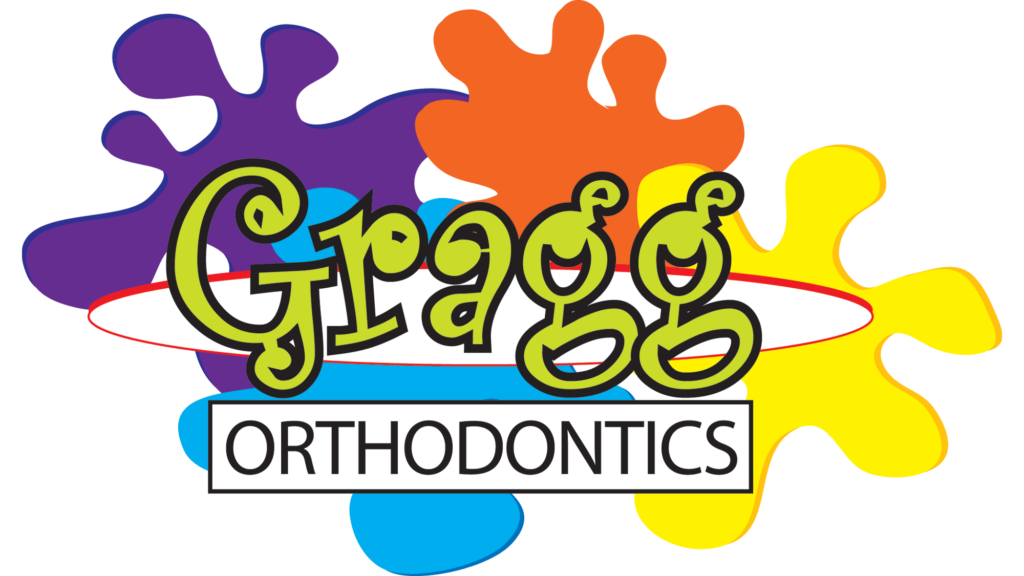Frequently Asked Questions
IS IT REQUIRED THAT MY FAMILY DENTIST SCHEDULE MY APPOINTMENT WITH THE ORTHODONTIST?
No, it is not. Many of our patients are referred by their family dentist, yet many other patients take the initiative to schedule an examination themselves. You do not need a referral to make an appointment with our office.
AT WHAT AGE SHOULD I SCHEDULE AN APPOINTMENT FOR AN ORTHODONTIC SCREENING?
The American Association of Orthodontists recommends an orthodontic screening at age 7. By this age, several permanent teeth in most children have erupted, allowing us to effectively evaluate your orthodontic condition.
WILL MY TEETH STRAIGHTEN OUT AS THEY GROW?
No, they will not. The space available for the front teeth does not increase as you grow. In most people, after the permanent molars erupt, the space available for the front teeth decreases with age.
HOW DO I SCHEDULE AN APPOINTMENT FOR AN INITIAL EXAM?
If you or your child can potentially benefit from orthodontic treatment, simply call our office, send us a text, send us an e-mail, or fill out our online form. We will be happy to schedule an appointment for you. When you call to schedule your appointment, our front office staff will request some basic information from you.
WHAT WILL HAPPEN AT THE INITIAL EXAMINATION APPOINTMENT?
Upon arriving, each patient and parent will be seen by the staff and doctor, who will introduce you to our office and prepare you for the initial exam. We will take the necessary photographs and X-rays to allow us to make a proper diagnosis. The doctor will then complete a thorough exam.
WHAT WILL I LEARN FROM THE INITIAL EXAMINATION?
There are five essential questions that we will cover during the initial examination:
- Is there an orthodontic problem, and if so, what is it?
- What must be done to correct the problem?
- Will any teeth need to be removed?
- How long will the treatment take to complete?
- How much will the treatment cost?
WILL I NEED TO HAVE TEETH EXTRACTED FOR BRACES?
New technology utilized in our office has dramatically decreased the need for removing teeth. Chances are very good that you will not need teeth removed!
HOW LONG WILL IT TAKE TO COMPLETE TREATMENT?
Treatment time obviously depends on each patient’s specific orthodontic problem. In general, treatment times range from 12 to 30 months. The “average” time frame a person is in treatment is approximately 18 – 20 months.
HOW MUCH WILL BRACES COST? ARE FINANCING OPTIONS AVAILABLE? HOW DOES MY INSURANCE WORK?
It is impossible to give an exact cost for treatment until we have examined you. We will cover the exact cost and financial options during the initial examination. We have many financing options available to accommodate your needs, and we will review these with you. We will also review your insurance policy and help to maximize your benefit and file your claims.
HOW OFTEN WILL I HAVE APPOINTMENTS?
Appointments are scheduled according to each patient’s needs. Most patients in braces will be seen every 5-10 weeks. If there are specific situations that require more frequent monitoring, we will schedule appointments accordingly.
CAN I SCHEDULE ALL OF MY APPOINTMENTS AFTER SCHOOL?
Unfortunately, we cannot schedule all appointments for students during after-school hours. Since most appointments are scheduled 5-10 weeks apart, most patients will miss minimal amounts of school due to their orthodontic treatment. We will make a sincere effort to meet your scheduling needs.
CAN I DROP MY CHILD OFF FOR AN APPOINTMENT?
Yes. We understand your busy schedule, and we are happy to help you make the most of your time. On some occasions, we may request to speak with a parent when they return. If we have concerns and need you, we will make a personal call to discuss any issues. Open communication is the key to successful treatment.
DO BRACES HURT?
Generally, braces do not “hurt.” After certain visits, teeth may be sensitive for a few days. In these situations, over the counter medication such as Advil or Tylenol will ease the discomfort, please follow the instructions on the bottle in regards to the patients height and weight or consult your primary physician for more instructions. We have found that after most visits, patients do not feel any soreness at all! We often remind our patients it does not have to hurt to work!
CAN I RETURN TO SCHOOL THE DAY I RECEIVE MY BRACES?
Yes. There is no reason to miss school because of an orthodontic appointment.
DO YOU GIVE MEDICINE, PINCH, OR POKE MY GUM TISSUE?
No. We won’t give you any medicine, pinch, poke, or put your gum tissue to sleep. Those types of procedures are not necessary in routine orthodontic treatment.
DO YOU USE RECYCLED BRACES?
Absolutely not! It is our belief that each patient should be provided with their own braces to achieve the best orthodontic result possible.
CAN I STILL PLAY SPORTS?
Yes. We recommend a mouthguard for all sports.
DO I NEED TO SEE MY FAMILY DENTIST WHILE IN BRACES?
Yes! Regular check-ups with your family dentist are important while in braces. We recommend you see your dentist every six months while you have braces, unless your dentist requests a more frequent interval.
ARE THERE FOODS I CANNOT EAT WHILE I HAVE BRACES?
Yes. Once treatment begins, we will explain the complete instructions and provide a comprehensive list of foods to avoid. Some of those foods include: ice, hard candy, raw vegetables and all sticky foods (i.e. caramel and taffy). You can avoid most emergency appointments to repair broken or damaged braces by carefully following our instructions.
HOW OFTEN SHOULD I BRUSH MY TEETH WHILE IN BRACES?
Patients should brush their teeth at least four times each day – after each meal and before going to bed. We will show each patient how to floss their teeth with braces and may also provide a prescription for a special fluoride, if necessary.
WHAT IS AN EMERGENCY APPOINTMENT? HOW ARE THOSE HANDLED?
If your braces are causing extreme discomfort or if any part of your braces breaks, or comes out of your mouth, you should call our office. In most cases, we can address these issues over the telephone. If you require an emergency appointment, we will set aside time for you. In the event of a true emergency, please contact your closest local emergency care facility or call 911.
CAN ORTHODONTIC CORRECTION OCCUR WHILE A CHILD HAS BABY TEETH?
Yes. Some orthodontic problems are significant enough to require early intervention. If we determine that a patient is not yet ready for treatment, we will monitor that patient’s growth and development until the time is right for treatment to begin.
WHAT IS PHASE ONE (EARLY) TREATMENT?
Phase One treatment, if necessary, is usually initiated on children between the ages of 7 and 10. Phase One treatment lasts about 12-21 months. The primary objective for Phase One treatment is to address habits such as thumb sucking or digit sucking, speech issues, or to prevent growth and development issues from becoming more severe. As a side effect, it also seems to improve self-esteem and self-image for the child. Phase One can often be less invasive for the patient and far less expensive for the parents.
WILL MY CHILD NEED FULL BRACES IF HE/SHE HAS PHASE ONE TREATMENT?
It is best to assume that your child will need full braces even after Phase One treatment, however in most cases the treatment does not last as long and is normally more comfortable. Think of Phase One as treating what we can while they grow and Phase Two as aligning and putting the finishing touches on their bite. The period following Phase One treatment is called the “resting period,” during which growth and tooth eruption are closely monitored. Throughout this period, parents and patients will be kept informed of future treatment recommendations.
WILL MY CHILD NEED AN EXPANDER?
At the completion of the initial examination, we will determine whether a patient will need an expander. Expanders can look a bit overwhelming at first but children adapt to them very well.
IS IT TOO LATE TO HAVE BRACES IF I AM ALREADY AN ADULT?
A surprising percentage of our patients are adults. In fact, 25% of all orthodontic patients are adults. Health, happiness and self-esteem are vitally important to adults. No patient is “too old” to wear braces!
CAN I WEAR BRACES EVEN THOUGH I HAVE CROWNS AND MISSING TEETH?
Yes. A tooth with a crown will move just like a tooth with a simple filling. When teeth are missing, orthodontic treatment will aid in the alignment of the remaining teeth.
WHY SHOULD I CHOOSE AN ORTHODONTIC SPECIALIST?
Teeth, and sometimes entire facial structures, are permanently changed by orthodontic treatment. It is important that the treatment be appropriate and properly completed. Orthodontic specialists have extensive and specialized training that enables them to provide their patients with professional, personalized treatments.
